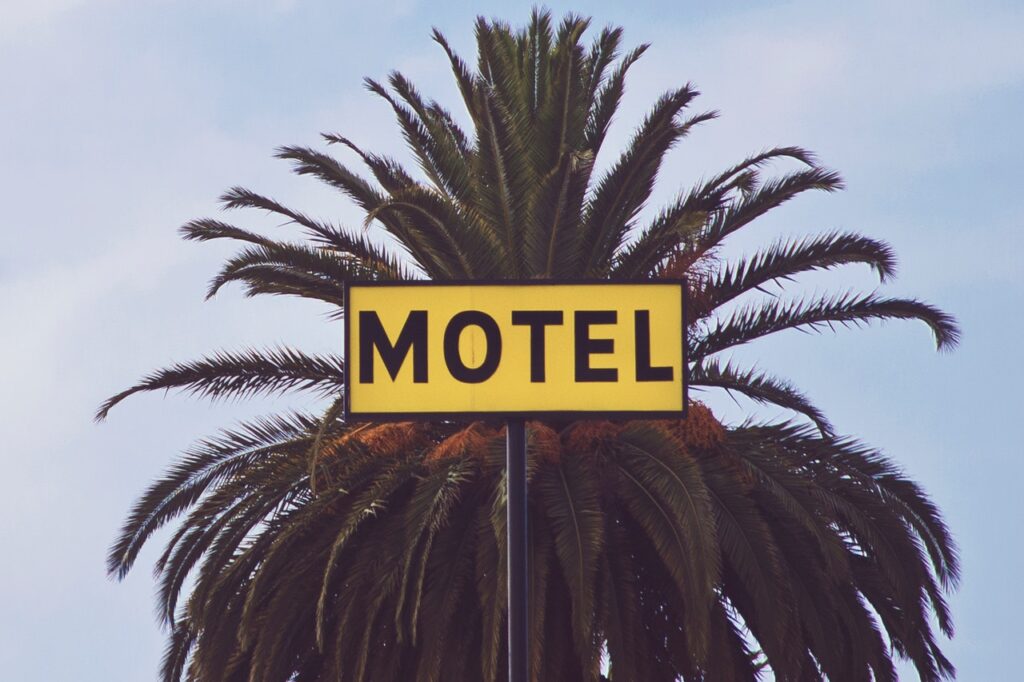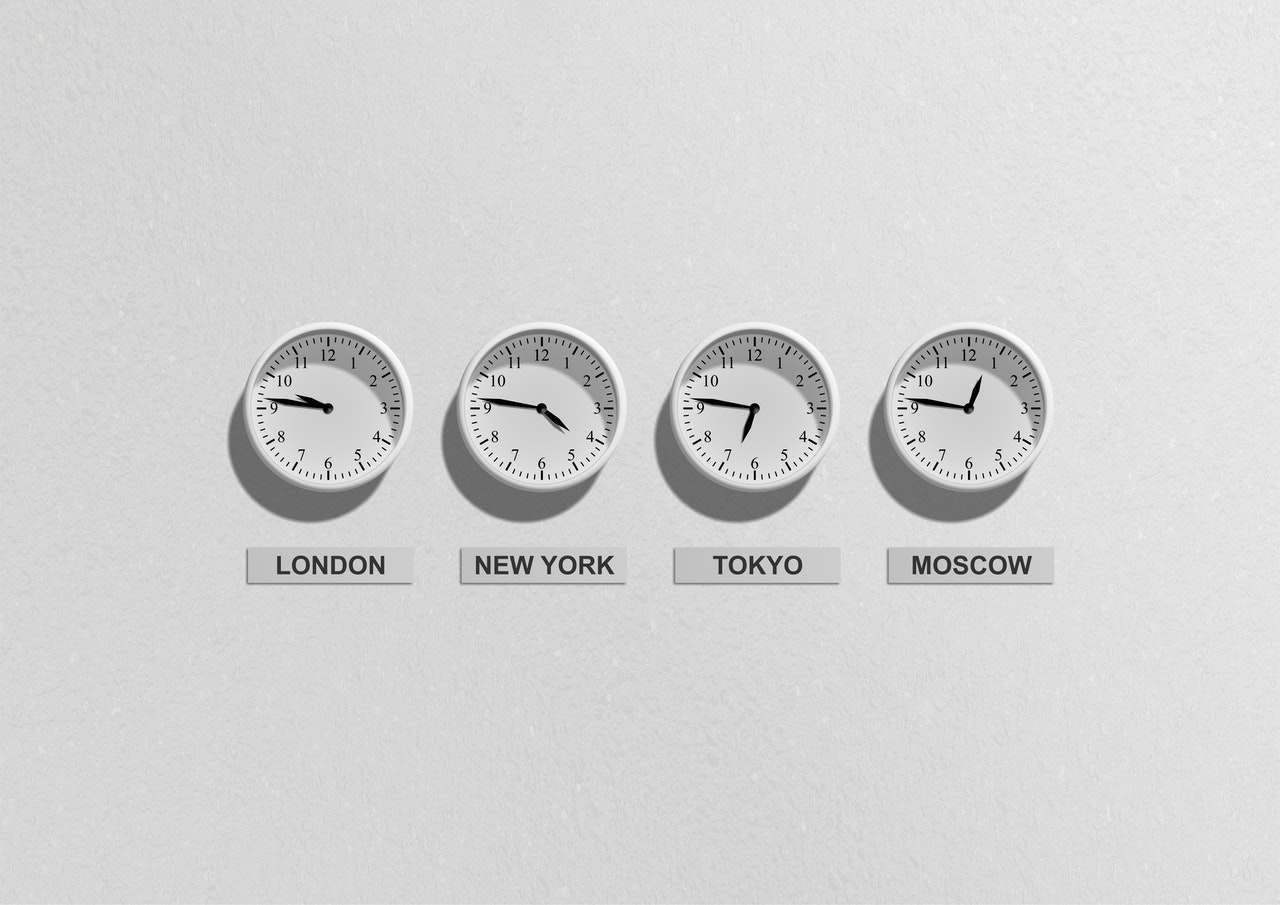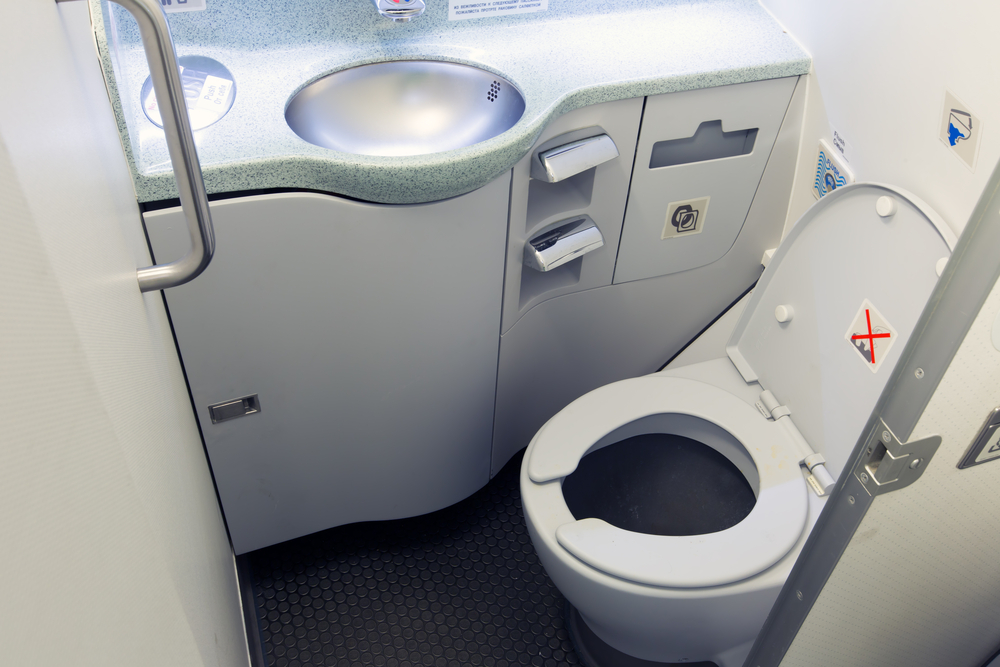Reading Time: < 1 minutes
- The term Motel comes from the phrase ‘motorist’s hotel’.
- Motels became popular when large highway systems began to be developed in the US in the 1920s (they began as an American phenomenon).
- Long-distance journeys became common because of these large highways, and demand for easily accessible, low-cost accommodation to “spend the night” increased.
- Hotels, on the other hand, have been around for centuries (the oldest hotel still in operation was built around 1300 years ago).
- Because motels focus on low-cost and easy accessibility, they offer limited services.
- They are typically constructed in one or two-storey structures in an “I”-, “L”-, or “U”-shaped layout, with rooms opening directly onto the car parks.
- In comparison, hotels can have multiple floors, and usually have better facilities and a vast range of services.
- Motels are mostly located outside the central city area, on the main roadways or close to them, while hotels are typically built in urban areas.
- Very rarely are motels used for long-term stays and almost never when comfort is the priority.
- Hotels can have hundreds of employees, but it is unlikely for a motel to have a great number of staff members.
- While these broad characteristics create a distinction, increasingly motels are improving their services and blurring the boundaries.
- At the same time, there are many hotels, which are small, employ just a handful of people, and offer the most basic services.
Image courtesy of Tim Mossholder through Pexels
Reference shelf :














